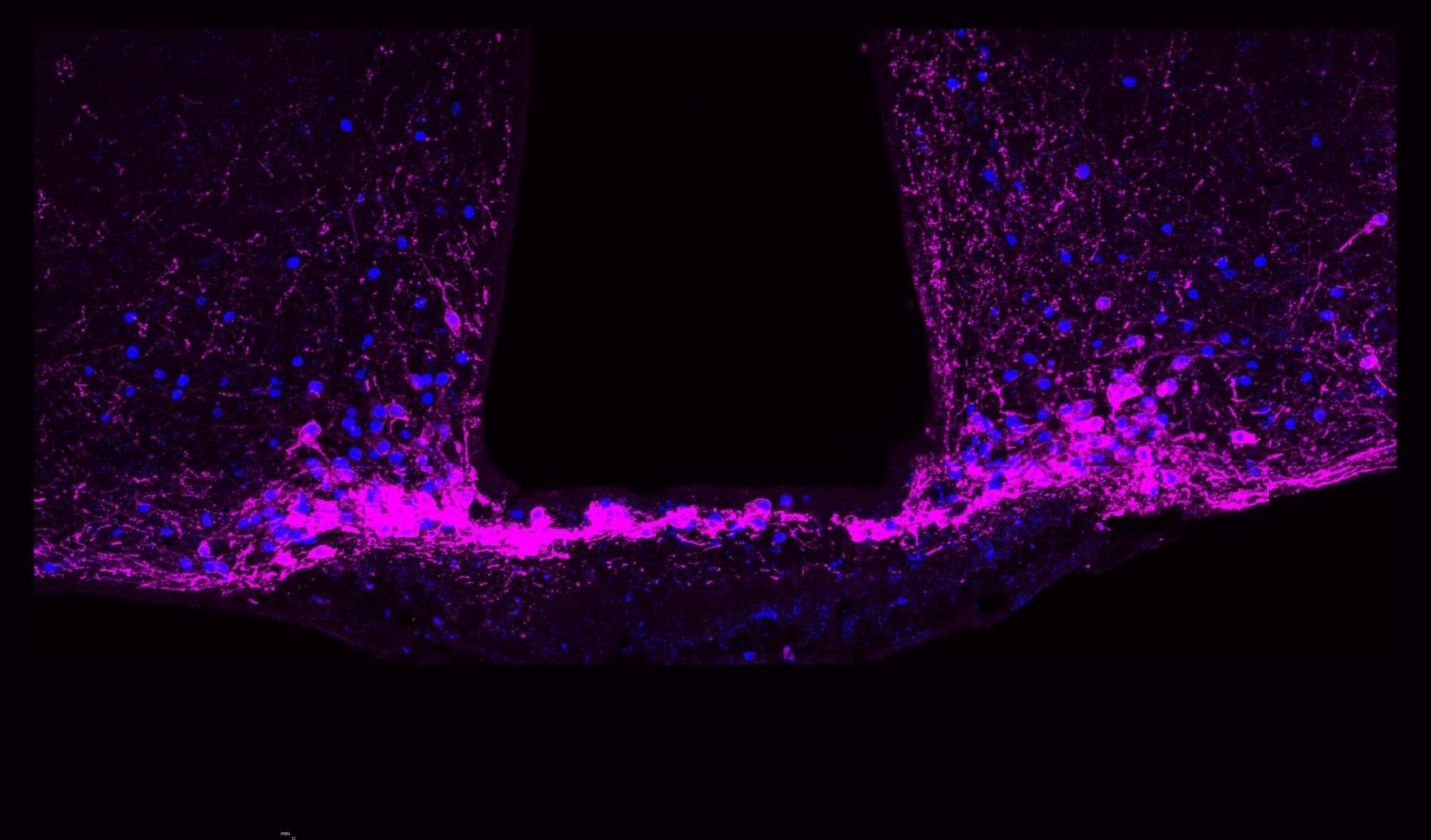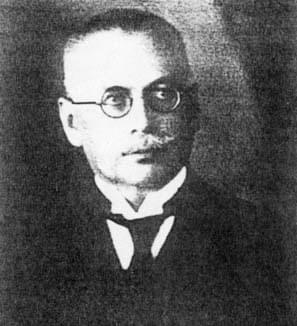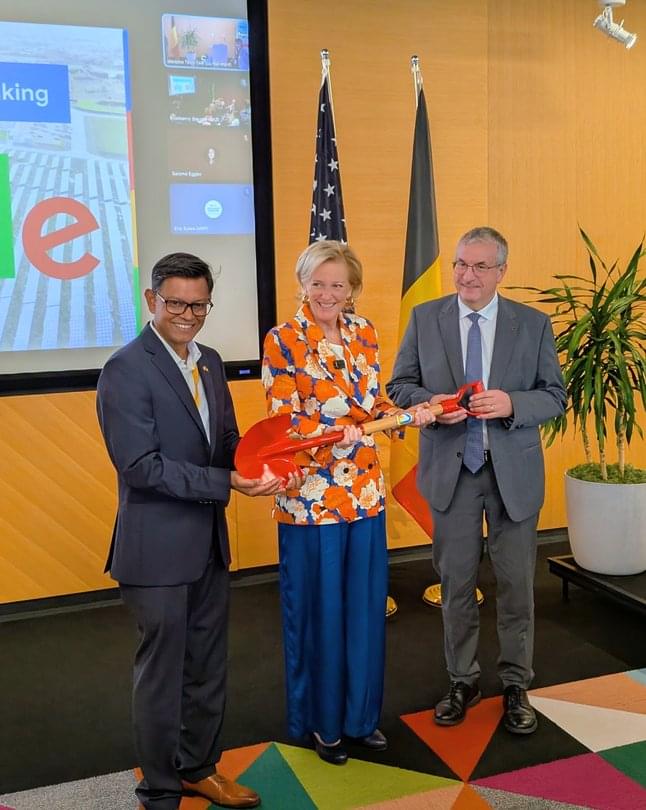This is a ~58 minute talk titled “The Embodied Mind of a New Robot Scientist: symmetries between AI and bioengineering the agential material of life and their impact on technology and on our future” which I gave as a closing Keynote to the ALIFE conference in Japan (https://2025.alife.org/). This is a different talk than any I’ve done before, in that besides going over the remarkable capacities of living material, I discuss 1) the symmetries between how all agents navigate their world and how science discoveries are made, and 2) a new robot scientist platform that we have created. With respect to the latter, I discuss how the body and mind of this new embodied AI can serve as a translation and integration layer between human scientists and living matter such as the cells which make up Xenobots.
Get the latest international news and world events from around the world.

Notes on Ultrasound Physics and Instrumentation
Note: this content is also available on my website at https://logancollinsblog.com/2025/05/16/notes-on-ultrasound-physics/

The world’s most sensitive computer code is vulnerable to attack. A new encryption method can help
Nowadays data breaches aren’t rare shocks—they’re a weekly drumbeat. From leaked customer records to stolen source code, our digital lives keep spilling into the open.
Git services are especially vulnerable to cybersecurity threats. These are online hosting platforms that are widely used in the IT industry to collaboratively develop software, and are home to most of the world’s computer code.
Just last week, hackers reportedly stole about 570 gigabytes of data from a git service called GitLab. The stolen data was associated with major companies such as IBM and Siemens, as well as United States government organizations.

It’s all in your head: Select neurons in the brainstem may hold the key to treating chronic pain
Acute or short-lived pain, despite its bad reputation, is usually a lifesaver. It acts as a transient negative sensory experience that helps us avoid danger. Touch a hot stove, stub a toe, or bonk your head on a low branch, and the nervous system cues up an “Ow!” Over time, the sting fades, the wound heals, but the lesson sticks.
Chronic pain is different; the alarm keeps blaring long after the fire is out, and then the pain itself becomes the problem. Nearly 50 million people in the United States live with chronic pain, an invisible and often untreatable condition that can linger for decades. “It’s not just an injury that won’t heal,” says neuroscientist at the University of Pennsylvania J. Nicholas Betley, “it’s a brain input that’s become sensitized and hyperactive, and determining how to quiet that input could lead to better treatments.”
Now, research led by Betley and collaborators at the University of Pittsburgh and Scripps Research Institute has identified a key to regulating long-term pain states: a group of cells called Y1 receptor (Y1R)-expressing neurons in the brainstem’s lateral parabrachial nucleus (lPBN). These neurons are activated during enduring pain states, but they also integrate information about hunger, fear and thirst, allowing for pain signals to be modulated by other brain circuits signaling more urgent needs.


Enormous structures discovered under the North Sea ‘defy our geologic understanding’
Deep beneath the North Sea, researchers have mapped giant buried mounds and “sinkites” that turn a basic rule of geology on its head.
A new peer reviewed study shows that heavy, younger sands sank downward while older, lighter layers rose, forming hidden hills under the seafloor.


Ladislaus Bortkiewicz
Ladislaus Bortkiewicz was born in Saint Petersburg, Imperial Russia, to two ethnic Polish parents: Józef Bortkiewicz and Helena Bortkiewicz (née Rokicka). His father was a Polish nobleman who served in the Russian Imperial Army.
Bortkiewicz graduated from the Law Faculty in 1890. In 1898 he published a book about the Poisson distribution, titled The Law of Small Numbers. [ 1 ] In this book he first noted that events with low frequency in a large population follow a Poisson distribution even when the probabilities of the events varied. It was that book that made the Prussian horse-kicking data famous. The data gave the number of soldiers killed by being kicked by a horse each year in each of 14 cavalry corps over a 20-year period. Bortkiewicz showed that those numbers followed a Poisson distribution. The book also examined data on child-suicides. Some [ 2 ] have suggested that the Poisson distribution should have been named the “Bortkiewicz distribution.”
In political economy, Bortkiewicz is important for his analysis of Karl Marx’s reproduction schema in the last two volumes of Capital. Bortkiewicz identified a transformation problem in Marx’s work. Making use of Dmitriev’s analysis of Ricardo, Bortkiewicz proved that the data used by Marx was sufficient to calculate the general profit rate and relative prices. Though Marx’s transformation procedure was not correct—because it did not calculate prices and profit rate simultaneously, but sequentially—Bortkiewicz has shown that it is possible to get the correct results using the Marxian framework, i.e. using the Marxian variables constant capital and variable capital it is possible to obtain the profit rate and the relative prices in a three-sector model. This “correction of the Marxian system” has been the great contribution of Bortkiewicz to classical and Marxian economics but it was completely unnoticed until Paul Sweezy’s 1942 book “Theory of Capital ist Development”

Google is powering Belgium’s digital future with a two-year €5 billion investment in AI infrastructure
Google is investing an additional €5 billion in Belgium over the next two years to expand its cloud and AI infrastructure. This includes expansions of our data center campuses in Saint-Ghislain and will add another 300 full time jobs. We’ve also announced new agreements with Eneco, Luminus and Renner which will support the development of new onshore wind farms and support the grid with clean energy.
Our commitment goes beyond infrastructure. We’re also equipping Belgians with the skills needed to thrive in an AI-driven economy, at no cost and will fund non-profits to provide free, practical AI training for low-skilled workers.
This is an extraordinary time for European innovation and its digital and economic future. Google is deepening its roots in Belgium and investing in its residents to unlock significant economic opportunities for the country, helping to ensure it remains a leader in technology and AI.
